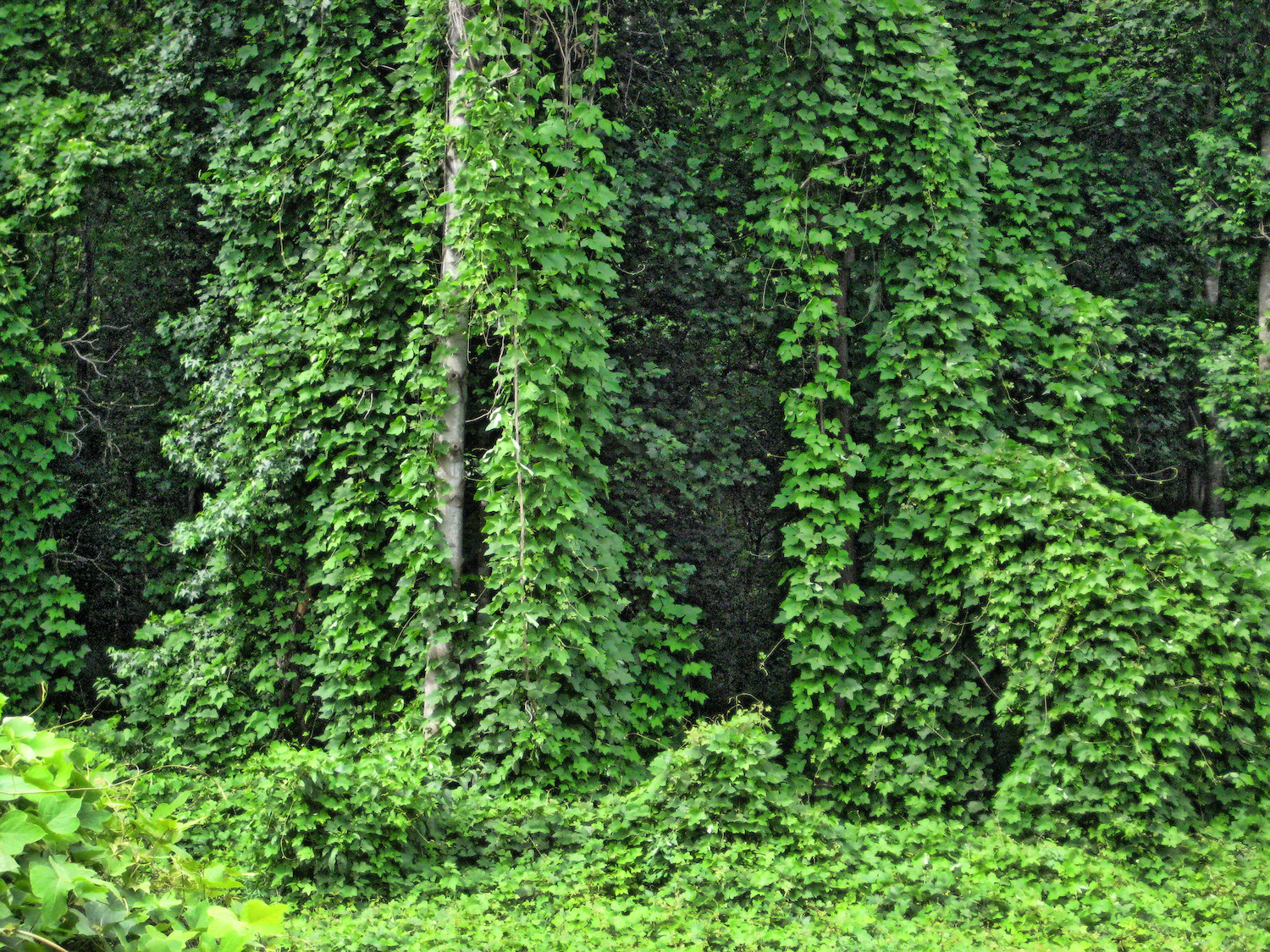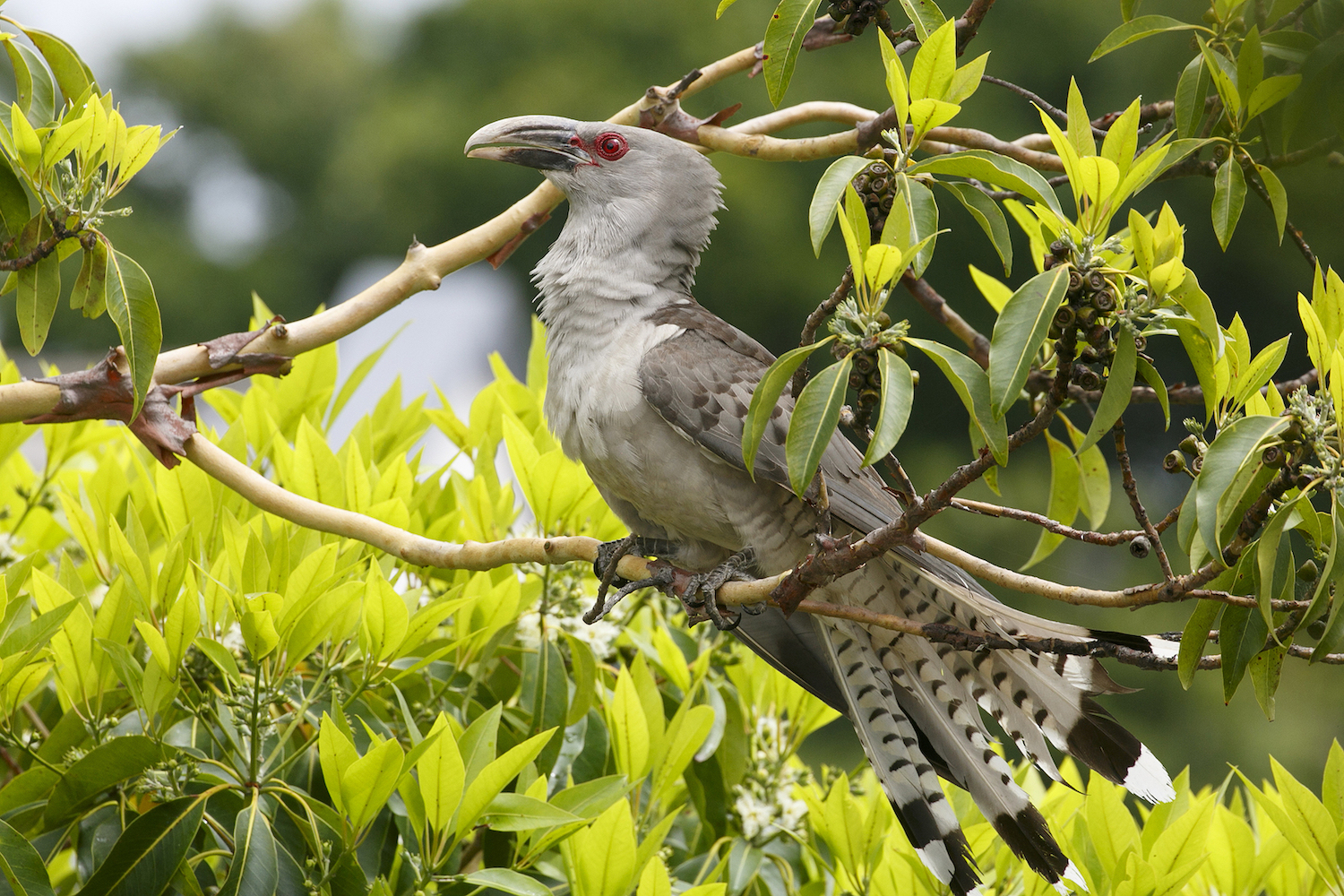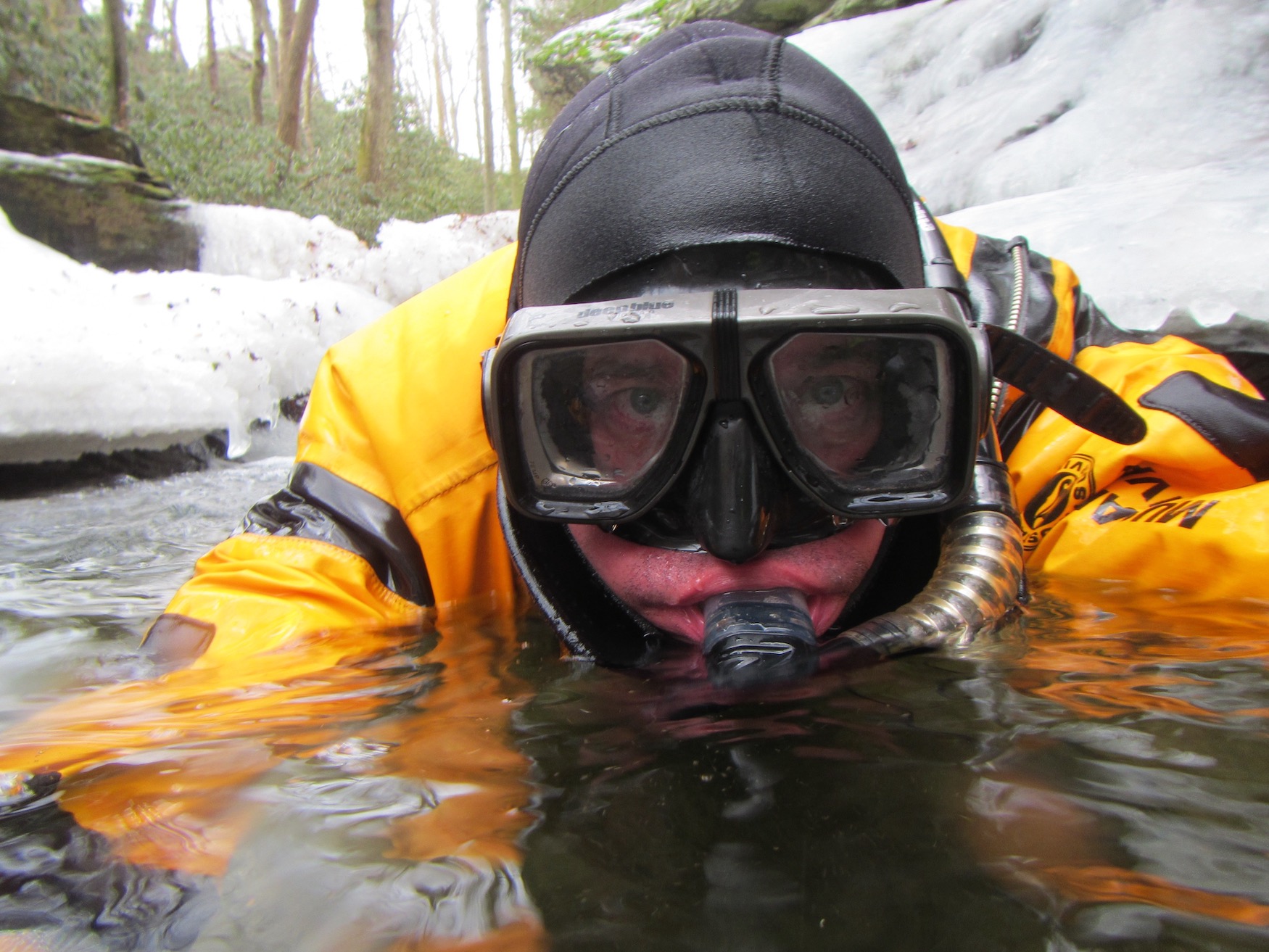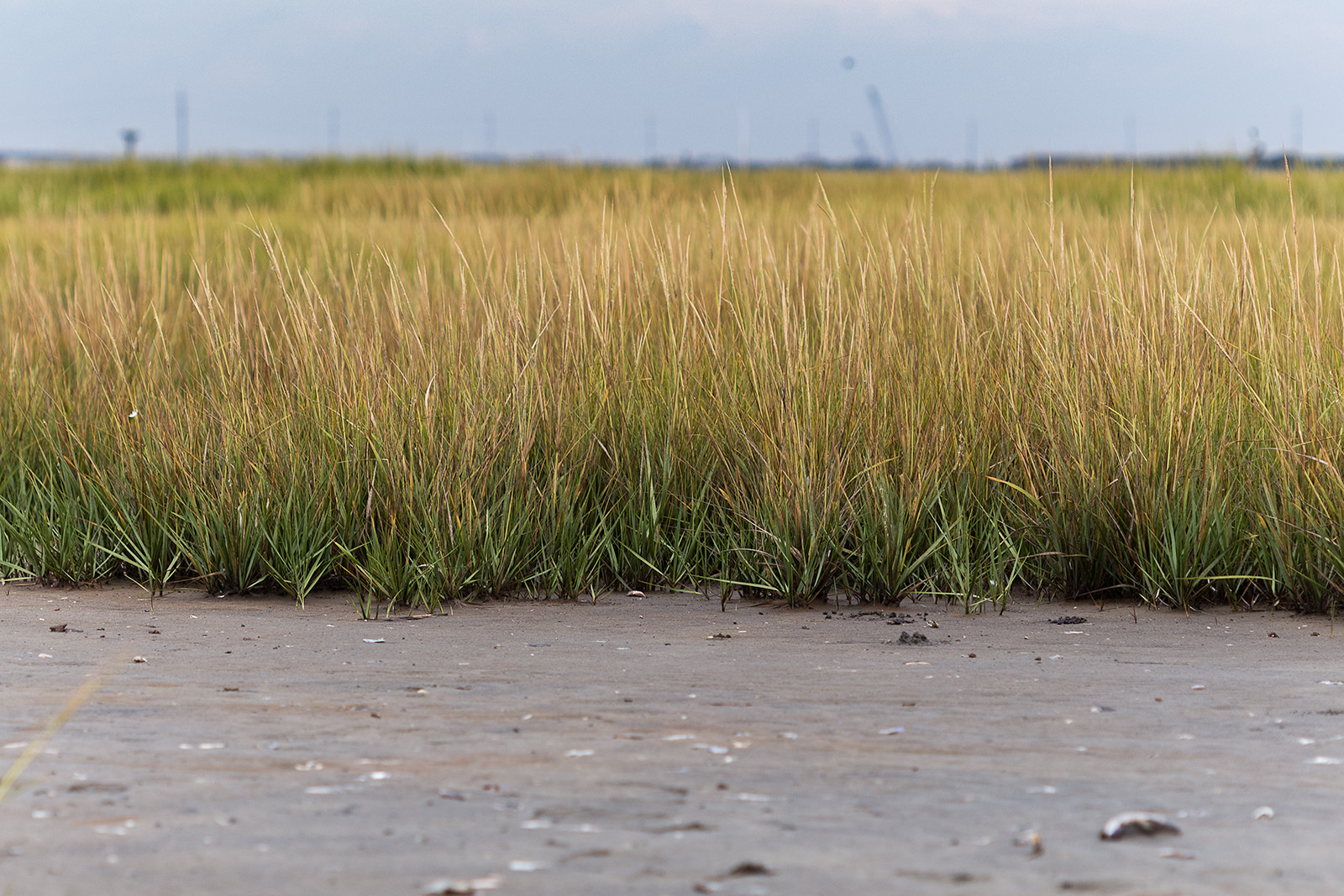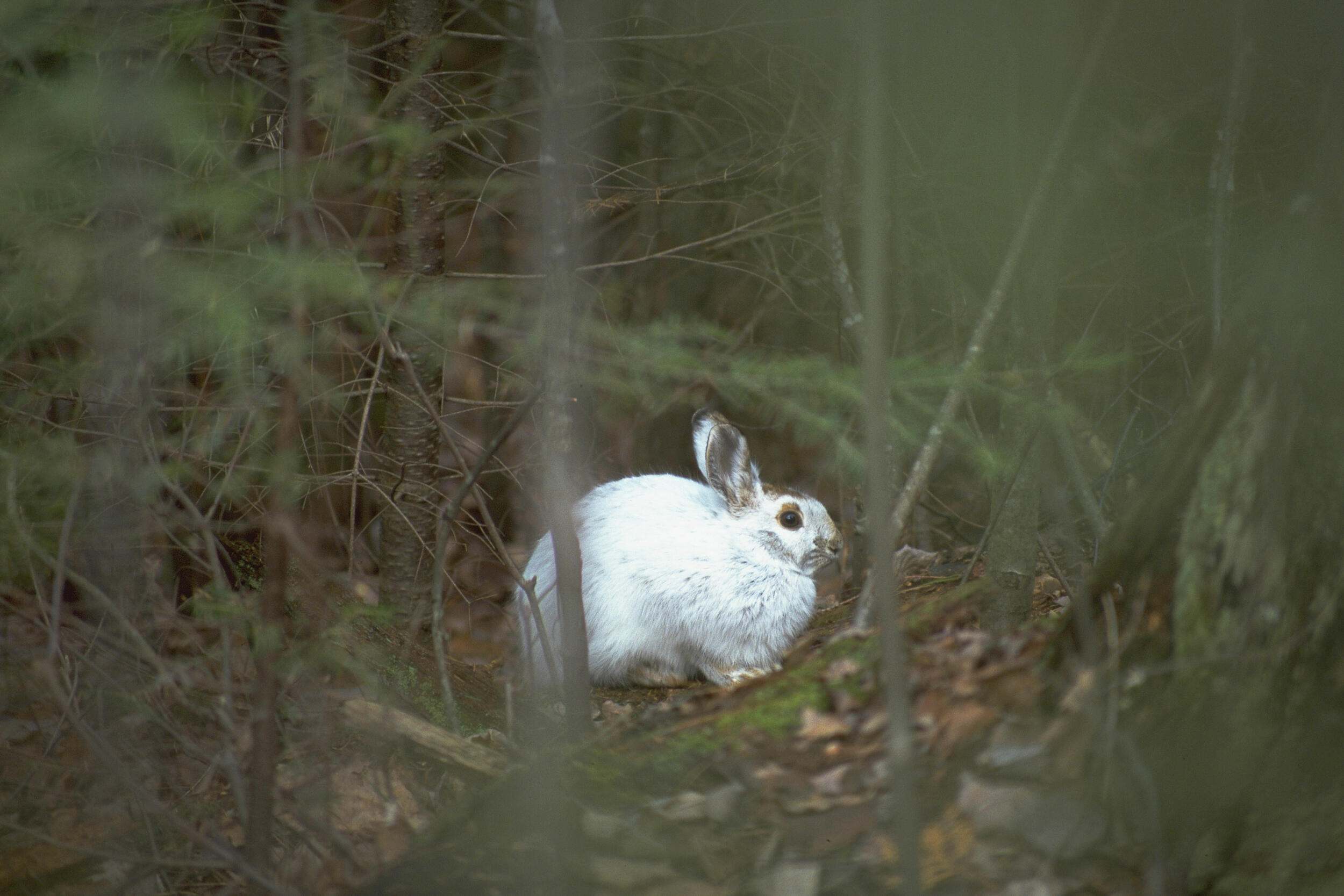Kudzu, a climbing plant that strangles trees, arrived on the shores of the southern U.S. from China and Japan, brought here as a solution to erosion . Instead it took over, quickly spreading from east Texas to Illinois, Florida to New York.
Become a Member
Make a lasting impact for nature when you join The Nature Conservancy
But as the vine reached the more northern portions of its range, places like Connecticut and New Jersey, it seemed to stall. That was until climate change brought shorter winters and warmer, hotter summers. And now kudzu, the “vine that ate the south,” is becoming the vine that’s eating the Garden State.
While climate change has made kudzu’s infestation worse, as it likely will for many other plants and animals landing in areas where they did not evolve, climate change can’t be blamed for the plant’s original arrival, or the arrival of most invasive species. That one’s on us. And it continues to be.
” data-medium-file=”https://blog.nature.org/wp-content/uploads/2021/07/17106313305_e7ab3d119a_k-e1674442908769.jpg?w=300″ data-large-file=”https://blog.nature.org/wp-content/uploads/2021/07/17106313305_e7ab3d119a_k-e1674442908769.jpg?w=630″ src=”https://blog.nature.org/wp-content/uploads/2021/07/17106313305_e7ab3d119a_k-e1674442908769.jpg?w=630″ alt=”A pig standin gin muddy water with mangroves in the background.” >Invasive pigs cause significant ecological damage. © leighklotz / Flickr
Climate Tolerance Marlyse Duguid, a Yale University ecology professor, warns people about the use of the term invasive species. It has tricky implications loaded with broad human value judgments. And human values do not always mesh with ecological realities. Anglers revile suckers , for example, which evolved in rivers across the US, while at the same time worship brown trout, a species native to the UK and portions of Europe.
For most ecologists, “invasive species” are ones that didn’t evolve in the world where they were introduced, like kudzu or cheatgrass, and then outcompete native plants or animals for food and resources and have few or no natural predators.
Not all introduced non-native species become a problem. But by their nature, many species we consider invasive and problematic are doing well under climate change because they tend to have characteristics that make them generalists.
“There have been consistent studies with plants and animals of climate tolerance, and on average invasive species have broader climate tolerance than native species,” Bradley says. “And so the expectation would be that as the climate shifts, invasive species will be more able to persist than your native species.”
While some climatic events might eventually be hard on invasive species—cheatgrass would, presumably, not do well under extreme, prolonged droughts—those same weather patterns will also likely not be good for native species, like sagebrush.
Applying Fertilizer to Weeds?
Invasives—or at least the invasive species that ecologists are worried about—will likely flourish under climate change for more than their generalist approach to life.
Their advantages are basic physiology. Plants need carbon dioxide to survive, and we continue to pump unsustainable amounts of CO2 into our atmosphere. That’s like a fertilizer. Except not all native plants can take full advantage of that nutritional boost.
“Invasive species tend to be really competitive invasive plants,” Bradley says. “So if you fertilize an invasive plant, it tends to grow really quickly. If you fertilize a cactus, it’s like, whatever, I don’t need to grow fast.”
But that means that the invasive plants then grow, reproduce and spread even more quickly while the native ones often languish. More CO2 also tends to encourage plants, particularly invasive plants, to increase their biomass underground, which means herbicides aren’t as effective because they don’t often kill the root mass.
Invasive plants also tend to grow earlier and stay growing later because their life cycles may pair more with precipitation and temperature than length of day. So while a native plant may be waiting for a long enough period of daylight to grow, the invasive plant has already taken off.
When It Comes to Moving Invasive Species, the Problem is Us
While climate change is one of the biggest threats to our planet, our biodiversity and our lives, it’s not Bradley’s top concern when it comes to invasive species. We are.
“The main way that amphibians and reptiles get moved around is through the exotic pet trade. Because people love their tiny little python, and then when it gets to be 12 feet long, it’s too much, and so people tend to release the snakes or lizards or frogs into the wild in hopes snakey has a nice long life,” Bradley says. “And sometimes snakey does have a nice long life, and reproduces and has a million babies and you get Burmese pythons in the Everglades.
“It’s another example that it’s not so much snakes slithering north as it is buying snakes from around the world and releasing them into a northern climate.”
But the silver lining of knowing humans are still one of the main drivers of invasive species spread, is that humans can also curb invasive species spread . We can plant native plants in our yards and gardens instead of ornamentals from other states and countries. We can clean our boots, shoes, fishing waders and boats when we travel from one area to another, and we can stop releasing unwanted pets into local parks, ponds or creeks.
It’s ultimately a lot easier to keep, say, bullfrogs out of a western watershed than it is to remove the croaking, fast-hopping, voracious predator once it’s established.
Manas Ranjan Sahoo
I’m Manas Ranjan Sahoo: Founder of “Webtirety Software”. I’m a Full-time Software Professional and an aspiring entrepreneur, dedicated to growing this platform as large as possible.
I love to Write Blogs on Software, Mobile applications, Web Technology, eCommerce, SEO, and about My experience with Life.

